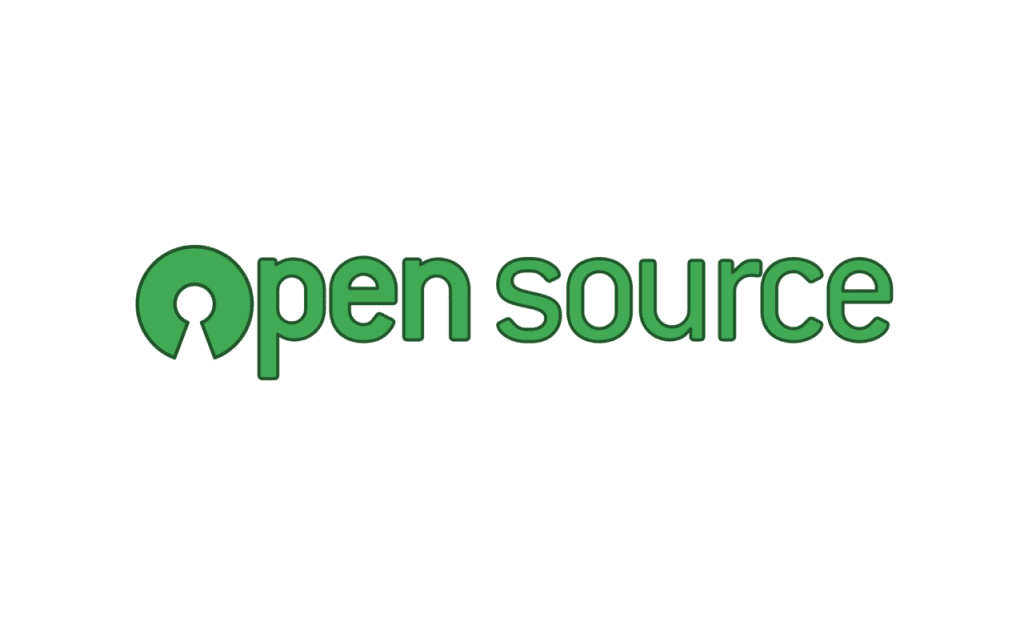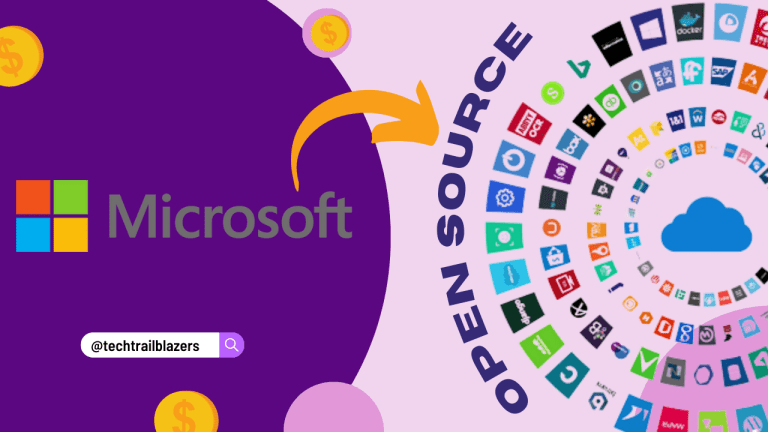The world of technology is in the midst of a seismic shift, and at its core lies the undeniable rise of open source technologies. This paradigm shift has been so profound that even giants like Microsoft, traditionally known for proprietary applications, are making significant strides towards embracing open source solutions. In this article, we will explore the expanding scope of open source technologies in the future, Microsoft’s transition towards open source, and the potential domination of open source in segments like AI, Robotics, and Deep Learning. Furthermore, we will delve into a predictive case study to envision the landscape of open source technology in 2040.
The Scope of Open Source Technologies in the Future
Open source technologies are no longer the realm of niche communities; they have matured into critical components of the tech industry. The future of open source technologies appears promising for several reasons:
- Collaborative Innovation: Open source fosters collaboration on an unprecedented scale. Communities of developers worldwide are contributing to open source projects, leading to rapid advancements and improved reliability.
- Cost-Effectiveness: Open source solutions are often more cost-effective than proprietary alternatives, making them attractive to organizations seeking to optimize their budgets.
- Customization: Open source technologies offer the flexibility to tailor solutions to specific needs, promoting innovation and adaptability.
- Security and Transparency: Open source code can be audited and scrutinized by anyone, enhancing transparency and security.
Microsoft’s Transition to Open Source
Microsoft’s transformation towards open source technologies, exemplified by its open source cloud platform Azure, underscores the industry’s changing landscape. Microsoft’s motivations are clear:
- Market Demand: Customers increasingly seek interoperability and flexibility. Open source offerings align with these demands, allowing Microsoft to cater to a broader customer base.
- Ecosystem Expansion: Open source fosters a vibrant ecosystem of developers, integrators, and partners. Microsoft recognizes the value of being a part of this thriving community.
- Innovation Acceleration: By embracing open source, Microsoft gains access to a vast pool of talent and can accelerate its innovation cycles.
- Cloud Dominance: Azure’s open source approach positions Microsoft as a leader in cloud services, catering to both proprietary and open source workloads.
Domination of Open Source in AI, Robotics, Deep Learning, and Blockchain
The realm of technology is witnessing a tectonic shift towards open source solutions across various domains. In this section, we will delve into the details of how open source technologies are dominating and reshaping the landscape of AI, Robotics, Deep Learning, and Blockchain.
AI (Artificial Intelligence)
Open source technologies have played a pivotal role in democratizing AI, making it accessible to a wide range of users, from individual developers to large enterprises:
- Frameworks: OpenAI frameworks like TensorFlow and PyTorch have emerged as the foundation for AI research and development. They offer pre-built neural network architectures and tools for creating custom models, reducing the barrier to entry for AI enthusiasts.
- Collaboration: Open source AI projects encourage collaboration among researchers, data scientists, and developers globally. This open exchange of knowledge and expertise accelerates AI innovation.
- AI Libraries: Libraries such as scikit-learn and Keras provide ready-to-use tools for machine learning and deep learning. These libraries simplify the development process and enable rapid prototyping of AI solutions.
- Model Sharing: OpenAI’s GPT-3 model, for example, has been made accessible to developers, sparking creativity and innovation in natural language processing. This exemplifies the power of open source in broadening AI’s capabilities.
In the near future, we can expect open source AI to continue driving advancements in areas like healthcare, autonomous vehicles, and finance.
Robotics
Robotics is another field where open source technologies have exerted a profound impact, catalyzing innovation and lowering barriers to entry:
- ROS (Robot Operating System): ROS is a prime example of open source in robotics. It provides a standardized framework for robot development and integration, simplifying the creation of robotic systems. ROS enables developers to build upon existing components, fostering a collaborative approach to robotics.
- Hardware Designs: Open source hardware designs for robots, such as those offered by the Open Robotics Hardware platform, have made it easier for enthusiasts and companies to create their robots. This has led to a proliferation of robotic applications across industries.
- Community Contributions: Robotics enthusiasts worldwide actively contribute to open source projects, enhancing the capabilities of robots and expanding the range of tasks they can perform.
In the future, we can expect open source robotics to continue driving advancements in fields like healthcare, manufacturing, and space exploration.
Deep Learning
Deep learning, a subset of AI, has seen significant growth and innovation thanks to open source technologies:
- Frameworks and Tools: Open source deep learning frameworks like TensorFlow, PyTorch, and Keras provide researchers and developers with the tools needed to build complex neural networks. These frameworks are continually improved through community contributions.
- Transfer Learning: Open source models pretrained on massive datasets, such as BERT in natural language processing, have enabled developers to achieve state-of-the-art results in various domains with minimal data and compute resources.
- Education: Open source resources and online courses make deep learning accessible to a broader audience. Platforms like Coursera and edX offer courses on deep learning, and open access to research papers facilitates knowledge dissemination.
In the future, we can expect open source deep learning to continue driving innovation in areas like computer vision, speech recognition, and recommendation systems.
Blockchain
Blockchain technology, which underpins cryptocurrencies like Bitcoin, has also experienced the influence of open source:
- Public Blockchains: Leading cryptocurrencies, including Bitcoin and Ethereum, are built on open source codebases. This transparency promotes trust in the security and functionality of these networks.
- Smart Contracts: Platforms like Ethereum provide open source tools for creating and executing smart contracts, which automate transactions and processes without intermediaries.
- Decentralized Applications (DApps): The development of DApps is heavily reliant on open source technologies. These applications, built on blockchain platforms, have the potential to disrupt industries such as finance, supply chain, and voting systems.
As blockchain technology matures, open source will continue to be at its core, ensuring transparency, security, and community-driven development.

Predictive Case Study: Open Source in 2040
Let’s envision a scenario in 2040 where open source technologies have reached their zenith:
In this hypothetical future, open source has become the default choice for technology solutions across industries. Governments, corporations, and startups rely heavily on open source software and hardware. Collaboration between global communities of developers has led to breakthroughs in areas like climate modeling, space exploration, and healthcare.
Open source AI algorithms have reached a level of sophistication that empowers individuals to create AI-powered solutions with minimal effort. Robotics has experienced a revolution, with open source robot designs and AI-driven automation transforming industries from manufacturing to logistics. Deep learning has paved the way for advanced natural language understanding and creativity, resulting in AI-authored books, music, and art.
In this future, access to technology is more equitable, and innovation knows no bounds, thanks to the power of open source collaboration.
Conclusion
The future of technology is undeniably intertwined with open source solutions. As Microsoft and other tech giants pivot towards open source, the industry is witnessing a profound shift in the way technology is developed and deployed. Open source’s influence in segments like AI, Robotics, and Deep Learning is poised for domination, promising a future where innovation and collaboration flourish. The predictive case study of 2040 paints a compelling picture of a world where open source technologies have become the cornerstone of our technological progress.

